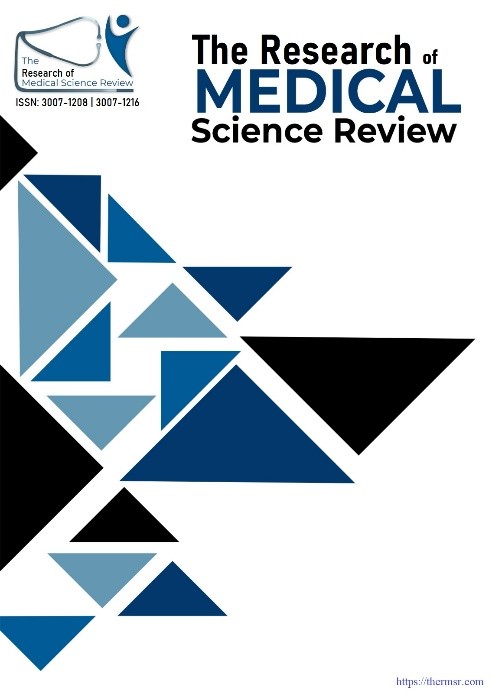FREQUENCY OF CA ENDOMETRIUM IN PATIENTS PRESENTING WITH POST MENOPAUSAL BLEEDING
Main Article Content
Abstract
Background: Postmenopausal bleeding (PMB) is a common clinical presentation that requires thorough evaluation, as it may indicate underlying endometrial carcinoma (EC), especially in women with associated risk factors such as obesity, diabetes, and hypertension.
Objectives: To determine the frequency of endometrial carcinoma in women presenting with postmenopausal bleeding and to assess its association with potential risk factors.
Study Design & Setting: A descriptive cross-sectional study conducted at the Gynecology Department of FMH College of Medicine & Dentistry, Lahore over a six-month period from November 15, 2024 to May 16, 2025.
Methodology: A total of 210 women aged above 50 years presenting with PMB were included through consecutive non-probability sampling. After obtaining informed consent, all patients underwent transvaginal ultrasonography (TVUS) followed by endometrial biopsy in suspected cases. Demographic and clinical data including age, BMI, comorbidities, and bleeding patterns were recorded. Data analysis was performed using SPSS version 26. Chi-square test was used for post-stratification analysis, with p < 0.05 considered statistically significant.
Results: Endometrial carcinoma was diagnosed in 54 (25.7%) women. Most of these cases were diagnosed at Stage I (59.3%). Significant associations were observed with age > 60 years (p = 0.003), BMI > 27 kg/m² (p = 0.001), diabetes (p = 0.006), hypertension (p = 0.008), and endometrial thickness > 8 mm (p < 0.001).
Conclusion: A significant proportion of postmenopausal bleeding cases were found to have endometrial carcinoma. Risk stratification based on clinical parameters may aid in early detection and improved outcomes
Downloads
Article Details
Section

This work is licensed under a Creative Commons Attribution-NonCommercial-NoDerivatives 4.0 International License.
